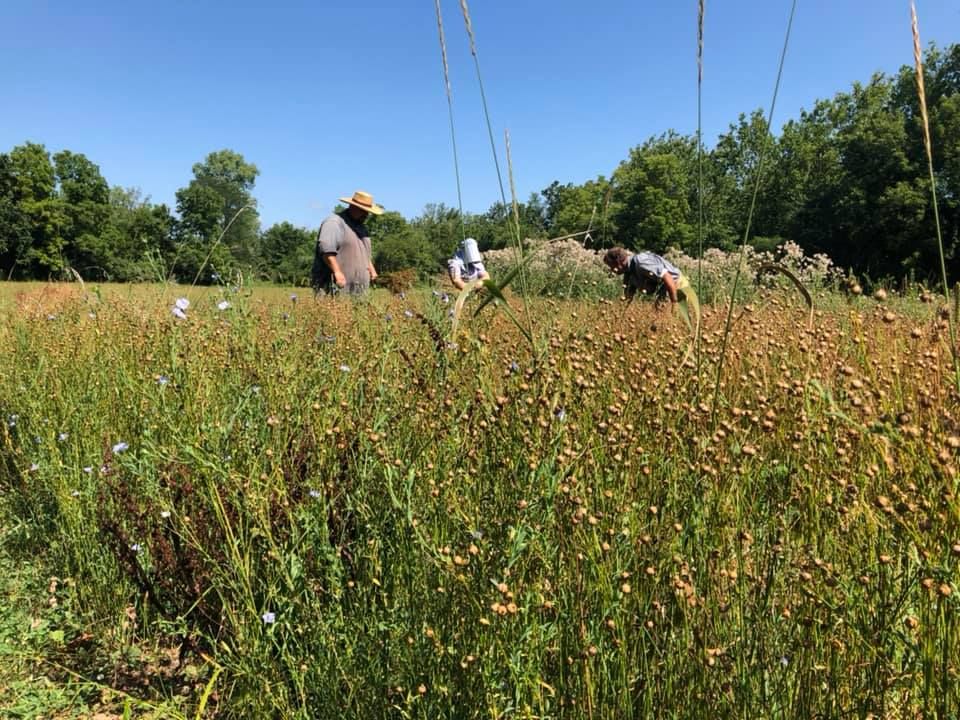At Carriage Hill Farm, heirloom crops and planting techniques are used to portray an accurate picture of 19th century agriculture. For historical purposes, period crops are grown to show the differences between modern hybrid varieties and 19th century open-pollinated ones.
For example, heirloom wheat is planted and grows anywhere from five to six feet in height. Whereas, modern wheat is a more standard size for modern mechanical purposes. Draft teams, vintage equipment and 19th century agricultural practices are used to plant such heirloom crops as corn, oats, rye, wheat, tobacco and sorghum.
In addition to this, we also grow what were called “cash crops”. Cash crops were those that were grown for their high value and income potential. Cash crops include tobacco and sorghum. These crops are quite intensive to grow and require quite a bit of hours to harvest and tend to. Overall, all of these crops present a picture of the diversity and uniqueness of agriculture in the 1880s.
Throughout the season, you can watch the farm teams at work in these fields.
